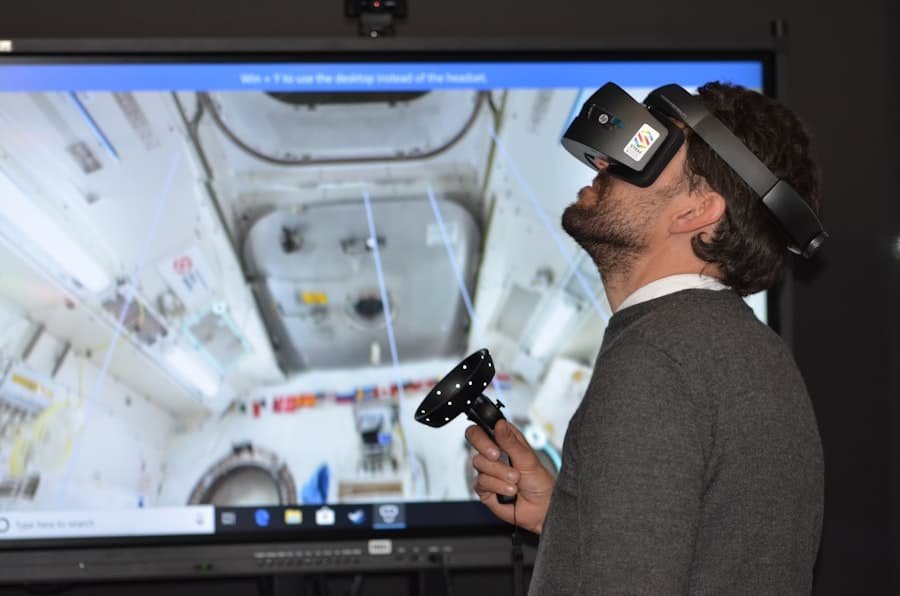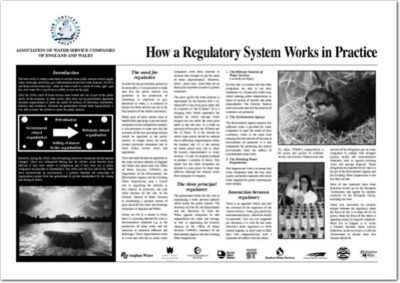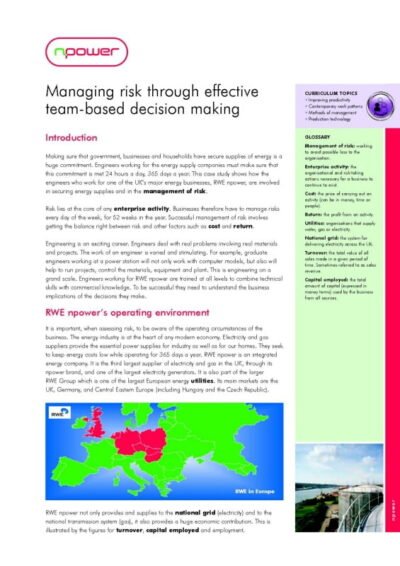Immersive media experiences represent a significant evolution in how individuals engage with content, transcending traditional forms of media consumption. At its core, immersive media encompasses technologies that create a sense of presence, allowing users to feel as though they are part of the narrative or environment. This can be achieved through various means, including virtual reality (VR), augmented reality (AR), and mixed reality (MR).
The defining characteristic of immersive media is its ability to envelop the user in a multi-sensory experience, often utilising visual, auditory, and even haptic feedback to enhance the feeling of being ‘there’. The rise of immersive media can be attributed to advancements in technology, particularly in computing power and graphics rendering. As devices become more sophisticated, the potential for creating realistic and engaging environments has expanded dramatically.
This shift has not only transformed entertainment but has also begun to influence education, training, and even therapy. By simulating real-world scenarios or fantastical environments, immersive media offers unique opportunities for experiential learning and emotional engagement that traditional media cannot replicate.
Summary
- Immersive media experiences engage multiple senses to create a realistic and captivating environment for the user.
- Types of immersive media include virtual reality (VR), augmented reality (AR), mixed reality (MR), and 360-degree video.
- Immersive media experiences can enhance learning, training, and entertainment by providing a more engaging and interactive environment.
- Challenges of immersive media include potential health risks, privacy concerns, and the need for expensive equipment and technology.
- The future of immersive media is promising, with advancements in technology and increasing integration into various industries such as gaming, education, and healthcare.
Types of Immersive Media
Immersive media can be categorised into several distinct types, each offering unique experiences and applications. Virtual reality is perhaps the most well-known form, where users don headsets that completely block out the physical world, transporting them into a fully digital environment. This technology is widely used in gaming, where players can interact with 3D worlds in ways that feel incredibly lifelike.
For instance, games like “Beat Saber” allow players to wield virtual lightsabers to slice through blocks in a rhythm-based challenge, creating an exhilarating sense of presence. Augmented reality, on the other hand, overlays digital information onto the real world. This can be experienced through smartphones or AR glasses, which enhance the user’s perception of their environment by adding layers of digital content.
A prime example is the mobile game “Pokémon GO,” which encourages players to explore their surroundings to find and capture virtual creatures. This blending of the digital and physical worlds not only entertains but also encourages social interaction and physical activity. Mixed reality combines elements of both VR and AR, allowing for interaction between real and virtual objects in real-time.
This technology is particularly promising for applications in education and training. For instance, Microsoft’s HoloLens enables users to manipulate holograms while still being aware of their physical surroundings, making it an invaluable tool for fields such as medicine and engineering. By allowing users to visualise complex data or procedures in a spatial context, mixed reality enhances understanding and retention.
Benefits of Immersive Media Experiences

The benefits of immersive media experiences are manifold, impacting various sectors from entertainment to education and beyond. One of the most significant advantages is the heightened level of engagement that these experiences foster. When users are placed in an interactive environment where they can influence outcomes, their emotional investment increases dramatically.
This is particularly evident in educational settings where immersive simulations can lead to deeper learning outcomes. For example, medical students using VR to practice surgical procedures can gain hands-on experience without the risks associated with real-life operations. Moreover, immersive media can facilitate empathy and understanding in ways that traditional media cannot.
By placing users in the shoes of others—be it through a VR simulation of a refugee’s journey or an AR experience highlighting social issues—immersive media can evoke powerful emotional responses. This capacity for empathy is increasingly being harnessed by non-profit organisations and educators to raise awareness about critical social issues, encouraging audiences to engage with topics on a personal level.
Challenges of Immersive Media
Despite its numerous advantages, the development and implementation of immersive media experiences are not without challenges. One significant hurdle is the accessibility of technology. High-quality VR headsets and AR devices can be prohibitively expensive for many consumers and institutions, limiting widespread adoption.
Furthermore, there is a steep learning curve associated with some immersive technologies, which can deter potential users who may find them intimidating or complex. Another challenge lies in the potential for motion sickness or discomfort during immersive experiences. Many users report feelings of nausea or disorientation when using VR headsets for extended periods.
This phenomenon, often referred to as “VR sickness,” can be attributed to discrepancies between visual input and physical sensations. Developers are actively researching ways to mitigate these effects through improved design and user interface considerations, but it remains a significant barrier to broader acceptance.
The Future of Immersive Media
Looking ahead, the future of immersive media appears promising as technology continues to advance at an unprecedented pace. Innovations in hardware will likely lead to more affordable and user-friendly devices that can deliver high-quality experiences without the drawbacks currently associated with VR and AR technologies. As companies invest in research and development, we may see breakthroughs that enhance realism and interactivity, making immersive media even more compelling.
Additionally, the integration of artificial intelligence (AI) into immersive media experiences holds great potential. AI can be used to create adaptive environments that respond to user actions in real-time, personalising experiences based on individual preferences or behaviours. This could revolutionise sectors such as gaming and education by providing tailored content that evolves with the user’s journey.
As these technologies converge, we may witness entirely new forms of storytelling that blur the lines between creator and audience.
Creating Immersive Media Content

Creating compelling immersive media content requires a unique blend of creativity and technical expertise. Content creators must consider not only the narrative but also how users will interact with the environment. Unlike traditional storytelling methods where viewers passively consume content, immersive media demands active participation from users.
This necessitates a shift in how stories are crafted; creators must think spatially and consider how users will navigate through their narratives. Collaboration among various disciplines is essential in this process. Designers, programmers, sound engineers, and writers must work together to create cohesive experiences that engage multiple senses.
For instance, sound design plays a crucial role in establishing atmosphere within an immersive environment; subtle audio cues can guide users’ attention or evoke specific emotions. Additionally, user testing is vital to ensure that experiences are intuitive and enjoyable; feedback from real users can inform adjustments that enhance overall engagement.
Impact of Immersive Media on Society
The impact of immersive media on society is profound and multifaceted. In education, for instance, immersive technologies have the potential to democratise learning by providing access to resources that may otherwise be unavailable due to geographical or financial constraints. Virtual classrooms can connect students from diverse backgrounds, fostering collaboration and cultural exchange in ways that traditional education models struggle to achieve.
Moreover, immersive media has begun to influence mental health treatment by offering therapeutic environments for patients dealing with anxiety or phobias. Virtual reality exposure therapy allows individuals to confront their fears in a controlled setting, gradually desensitising them to anxiety-inducing stimuli. This innovative approach has shown promising results in clinical studies, suggesting that immersive media could play a crucial role in future mental health interventions.
Ethical Considerations in Immersive Media
As with any emerging technology, ethical considerations surrounding immersive media are paramount. One pressing concern is the potential for manipulation through hyper-realistic simulations that could mislead users or distort their perceptions of reality. For instance, virtual environments designed for training purposes must ensure that they do not inadvertently reinforce harmful stereotypes or biases.
Privacy issues also arise with immersive technologies that collect data on user interactions within virtual spaces. The collection and use of this data must be handled with transparency and care to protect users’ rights and ensure informed consent. As immersive media continues to evolve, it will be essential for developers and policymakers alike to establish ethical guidelines that safeguard users while promoting innovation.
In conclusion, immersive media experiences represent a transformative shift in how we engage with content across various domains. From entertainment to education and beyond, the potential applications are vast and varied. However, as we navigate this exciting landscape, it is crucial to address the challenges and ethical considerations that accompany these technologies to ensure they are used responsibly and inclusively.
Immersive media experiences have become increasingly popular in recent years, with advancements in technology allowing for more interactive and engaging content. According to a recent article on opportunities and constraints in the business environment, companies are recognising the potential of immersive media to enhance customer engagement and create unique brand experiences. As the UK vitamins and supplement market is expected to reach £559 million by 2025, businesses are looking for innovative ways to stand out in a competitive market. By leveraging immersive media technologies, companies can differentiate themselves and connect with consumers in new and exciting ways.
 How a regulatory system works in practice (PDF)
How a regulatory system works in practice (PDF)  Managing risk through effective team-based decision making (PDF)
Managing risk through effective team-based decision making (PDF) 